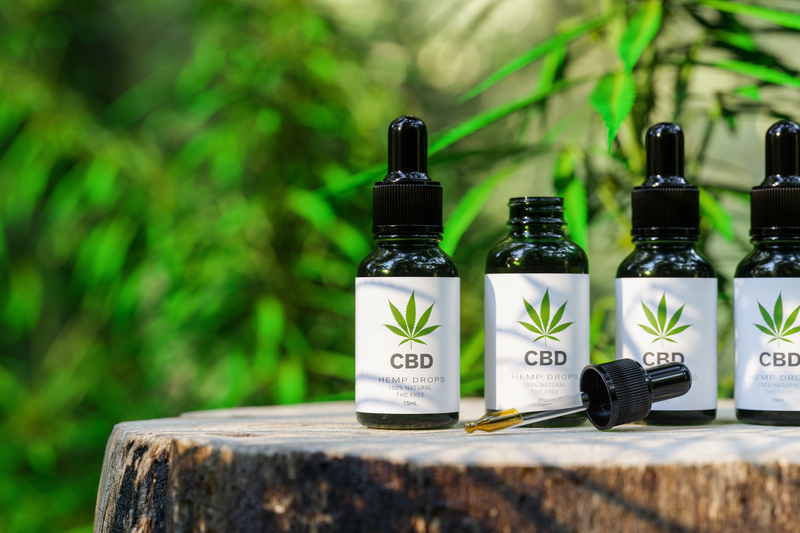EFSA calls for further assessment on CBD


Image: Shutterstock/r classen
An EFSA panel has concluded that the safety of CBD as a novel food cannot currently be established.
Following the submission of numerous applications for CBD under the novel food regulation, the European Commission asked EFSA to give its opinion on whether CBD consumption is safe for humans.
While assessing these, EFSA said it has become clear that there are “knowledge gaps” that need to be addressed before a conclusion on the safety of CBD can be reached.
Chair of the Nutrition, Novel Foods and Food Allergens (NDA) panel, Prof. Dominique Turck said: “We have identified several hazards related to CBD intake and determined that the many data gaps on these health effects need filling before these evaluations can go ahead. It is important to stress at this point that we have not concluded that CBD is unsafe as food.”
There is insufficient data on the effect of CBD on the liver, gastrointestinal tract, endocrine system, nervous system and on people’s psychological well-being, EFSA noted.
Studies in animals show significant adverse effects especially in relation to reproduction. It is important to determine if these effects are also seen in humans.
EFSA issued a statement, summarising the state of knowledge on the safety of CBD consumption and highlighting areas where more data is needed.
Ana Afonso, head of Nutrition and Food Innovation at EFSA, said it is not “stopping the clock” on novel food assessments. But insisted when information is missing, it’s the responsibility of applicants to fill data gaps.
“We are engaging with them to explain how the additional information can be provided to help address the uncertainties,” Alfonso added.
As part of the follow-up, EFSA is holding an info-session, open to applicants and other groups or individuals with an interest in this issue and novel food more generally. The online event takes place on 28 June.
Many human studies have been carried out with Epidyolex, a CBD drug authorised to treat refractory epilepsies.
Studies in animals show significant reproductive toxicity, and the extent to which this occurs in humans generally and in women of child‐bearing age specifically needs to be assessed.
Related content
Source: foodanddrinktechnology.com

